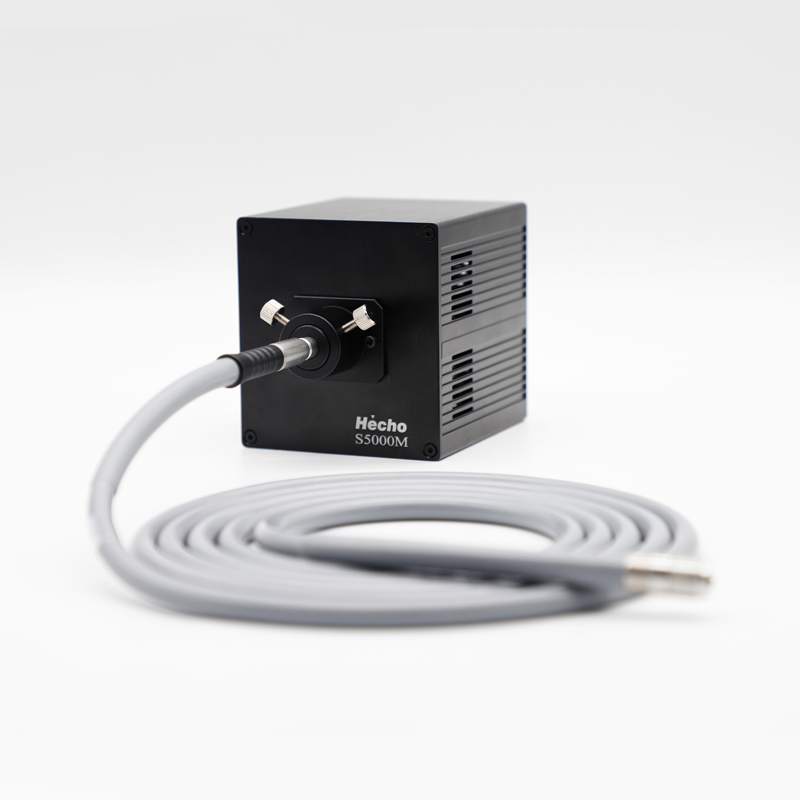Endoscope, an examination device that can directly enter the natural human cavity, provides doctors with sufficient diagnostic information to treat the disease. There are many kinds of endoscopy, including gastrointestinal endoscopy, thoracic laparoscopy, tracheoscopy, hysteroscopy, ureteroscopy, etc. Different kinds of endoscopes, applied in different departments. Gastroenterology department, cardiothoracic surgery department, urology department, gynecology department, respiratory department and other departments, all need to use medical endoscopy for diagnosis or treatment.
However, the traditional endoscope structure is complex and difficult to thoroughly clean and disinfect. The application of the same endoscope between different patients can easily lead to cross-infection, which can cause serious damage to the health of the infected person and even death.
After years of exploration by endoscope enterprises, the disposable endoscope is on the "stage". Its appearance effectively solves the problem of cross-infection, and there is no loss of endoscope for disposable use, which can ensure that each unpackaging endoscope is in the best state, and improve the surgical efficiency to a certain extent. In addition, disposable endoscopy can also enable hospitals to effectively control the cost related to endoscopy, and promote the promotion of endoscopic surgery in primary hospitals.
The clinical application of medical endoscopy technology mainly focuses on diagnosis and treatment. Through different mirror bodies, it provides good operating field and space for clinicians in various parts of the human body, which is convenient for clinicians to conduct minimally invasive diagnosis and minimally invasive treatment. Endoscopy technology brings operational space for minimally invasive treatment. Minimally invasive treatment will already become one of the important branches of future medical development.
Compared with traditional open surgery, minimally invasive surgery has the characteristics of less trauma, less bleeding and faster postoperative recovery. With the improvement of scientific and technological level, minimally invasive treatment techniques and related instruments have become more mature and reliable, and some minimally invasive surgery has become the first-line treatment plan in clinical medicine.
Usually a traditional endoscope host is about millions of yuan, soft mirror tens of thousands of yuan, plus maintenance costs, disinfection costs, human expenditure, the cost is not cheap, grass-roots institutions basically "can not afford to buy" also "can not afford to use".
The serious lack of endoscopic resources at the grassroots level is the vision of disposable endoscope entering the grassroots level to solve the lack of medical resources of the public. As an emerging force, disposable plastic endoscope can realize immediate examination, obtain information about patients' diseases and complications, and improve the level of primary medical services and the ability of patient management. Due to its convenience and low cost advantages, it is suitable for various primary medical institutions and doctors, which is helpful to achieve rapid diagnosis and treatment, screening and referral and diversion.


